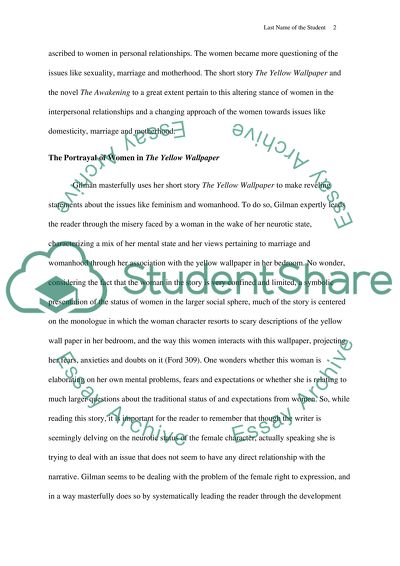Cite this document
(“The Yellow Wallpaper and The Awakening Term Paper”, n.d.)
Retrieved from https://studentshare.org/literature/1454489-the-yellow-wallpaper-and-the-awakening
Retrieved from https://studentshare.org/literature/1454489-the-yellow-wallpaper-and-the-awakening
(The Yellow Wallpaper and The Awakening Term Paper)
https://studentshare.org/literature/1454489-the-yellow-wallpaper-and-the-awakening.
https://studentshare.org/literature/1454489-the-yellow-wallpaper-and-the-awakening.
“The Yellow Wallpaper and The Awakening Term Paper”, n.d. https://studentshare.org/literature/1454489-the-yellow-wallpaper-and-the-awakening.


